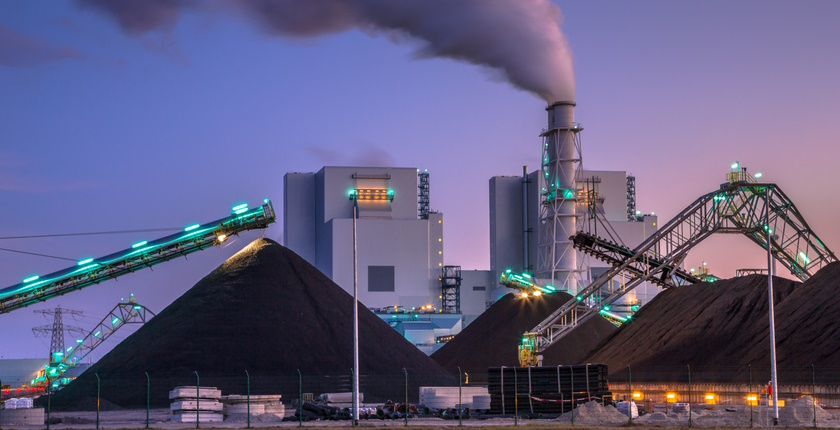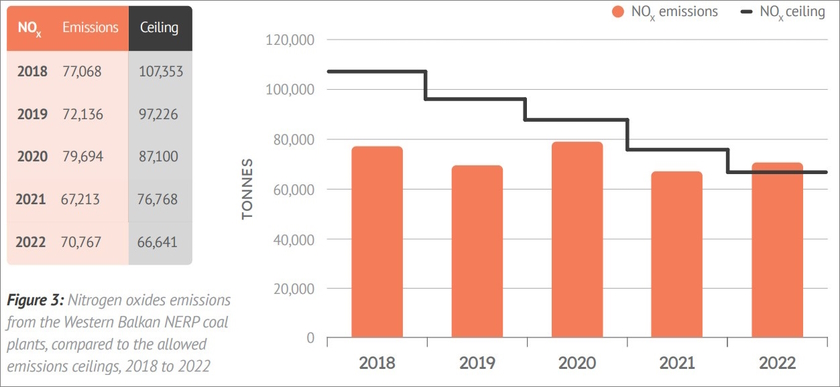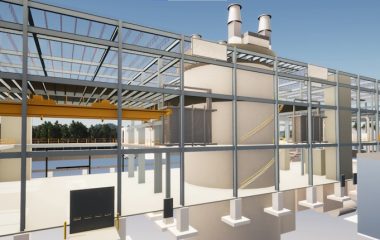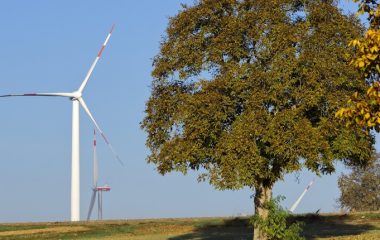
Photo: iStock
Emissions of sulfur dioxide, particulate matter and nitrogen oxides into the air all rose last year, Bankwatch said in a report on thermal power plants using coal in the Western Balkans. As rules under the Energy Community Treaty get tighter, the scope of legal breaches is increasing.
It’s early summer, when the air is mostly clean across the Western Balkans. But coal-fired thermal power plants are continuing to pollute and the levels of harmful matter still climb to extreme levels at times, especially during the heating season. According to Bankwatch’s annual Comply or Close report, deadly air pollution from coal power plants increased in 2022.
Emissions of all three substances regulated by the national emission reduction plans (NERPs) grew and, for the first time, the region’s overall limit for nitrogen oxides – NOx was breached, given that the ceiling was also lowered. Individually, Kosovo* and Bosnia and Herzegovina were in the red.

Bitola coal plant churns out two times more SO2 than in 2021
Five years since pollution control rules came into force under the Energy Community Treaty, sulfur dioxide emissions from the coal plants in the framework in Bosnia and Herzegovina, Kosovo*, North Macedonia and Serbia were collectively 5.6 times higher than allowed. Dust emissions (particulate matter) also increased, and were nearly 1.8 times above the limit.
Serbia’s NERP coal plants were the highest SO2 emitters in total, followed by Bosnia and Herzegovina.
North Macedonia’s Bitola had the highest SO2 and dust emissions in the region – and both almost doubled from 2021. SO2 pollution reached 111,408 tons, which is 17 times more than allowed, singlehandedly breaching the total regional limit for SO2. The reasons are not clear, but the use of a different kind of coal may have contributed, the document’s authors pointed out.
Expensive desulfurization equipment installed but idle
Long-term offenders Ugljevik in Bosnia and Herzegovina and Kostolac B in Serbia continued to massively breach SO2 limits despite having desulfurization equipment in place. It is still unclear whether technical issues or attempts by the operators to save money and increase production are to blame, the report adds.
Dust emissions from the Gacko plant in Bosnia and Herzegovina were still alarmingly high – 12 times as much as allowed. The plant operator has also recently announced plans to burn refuse-derived fuel, produced from waste.
Emissions of sulfur dioxide from Serbia’s small Morava plant quadrupled in 2022
In addition to the NERP breaches, all three Western Balkan countries with coal power plants subject to a so-called opt-out derogation limiting their operating hours are now violating the provision. Montenegro’s Pljevlja plant has been operating illegally since late 2020, when it exceeded the allocated 20,000 hours allowed after 1 January 2018. In 2022, it was joined by Bosnia and Herzegovina’s Tuzla 4 and Kakanj 5 units, as well as Serbia’s Morava plant.
The last one would have alone accounted for over half of the country’s SO2 ceiling. Namely, the emissions from Morava quadrupled in 2022.
“Continued breaches of the accepted international obligations, the implementation of which should decrease air pollution in the Western Balkans in the long term, speaks of the authorities’ stance on its citizens, their health and the environment. The report shows there was no progress in lowering pollution in the past five years,” said Hristina Vojvodić, legal expert at the Renewables and Environmental Regulatory Institute.
Together with Bankwatch, the Serbian organization submitted a complaint to the Energy Community Secretariat last week regarding the illegal operation 0f the Morava plant (120 MW).
Uncontrolled closure is becoming more likely than compliance
“Two contradictory trends are currently underway: the region’s antiquated coal plants are increasingly unreliable, but the energy crisis has distracted governments and utilities even further from a sustainable energy transition. At the moment ‘close’ looks much more likely than ‘comply’, and there’s an increasing danger that this will be uncontrolled,” said Ioana Ciută from Bankwatch.
In the meantime, Albania, Bosnia and Herzegovina, Kosovo*, Montenegro, North Macedonia and Serbia took little to no action in the preparation of draft integrated national energy and climate plans (NECPs), which are supposed to clarify the coal phaseout timeline. The documents are due to be submitted by the end of the month.
Serbia has just issued the draft for consultation. Albania and North Macedonia did adopt their NECPs in 2021 and 2022, respectively, but they need to update them. Still, Albania has no coal mines or power plants.
Of note, Serbia’s state-owned coal and power producer Elektroprivreda Srbije (EPS) is set to complete its Kostolac B3 facility. It is possible it would be the last coal plant in Europe.


















Be the first one to comment on this article.